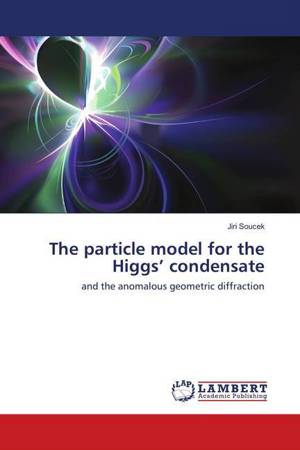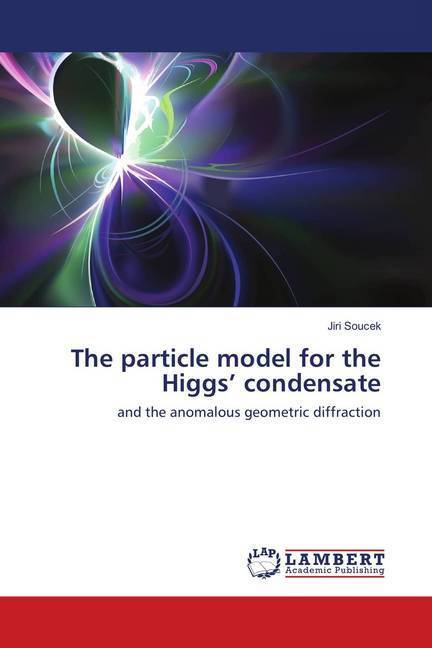
- Afhalen na 1 uur in een winkel met voorraad
- Gratis thuislevering in België vanaf € 30
- Ruim aanbod met 7 miljoen producten
- Afhalen na 1 uur in een winkel met voorraad
- Gratis thuislevering in België vanaf € 30
- Ruim aanbod met 7 miljoen producten
Zoeken
The particle model for the Higgs' condensate
and the anomalous geometric diffraction
Jiri Soucek
Paperback | Engels
€ 23,95
+ 47 punten
Omschrijving
In the Standard model of elementary particles there is no concrete particle model for the Higgs' condensate (of bare Higgs' particles). The main goal of this study is to create and study the possible particle model for the Higgs' condensate. We create this model as a set of non-local tachyons. Non-local tachyons are a new type of objects proposed in our previous papers which have a 3-dimensional space-like surface as a trajectory. As a consequence of this model we obtain the existence of a time constant 0 0 which is a parameter of our model. We show that then there exists a geometrical part of a diffraction in the time-like two-slit experiment which makes quantum mechanics invalid at short distances. Then we introduce the dark energy hypothesis which enable us to estimate 0 . As a main result we give the concrete experimental proposal which can be tested. Also the relation to the basic cosmological model is mentioned. At the end we discuss the generalized model for the Higgs' condensate in which it is possible to acquire some information from the outside of the light cone and possibly also some correlations from the outside of the light cone.
Specificaties
Betrokkenen
- Auteur(s):
- Uitgeverij:
Inhoud
- Aantal bladzijden:
- 64
- Taal:
- Engels
Eigenschappen
- Productcode (EAN):
- 9783330031180
- Uitvoering:
- Paperback
- Afmetingen:
- 150 mm x 220 mm

Alleen bij Standaard Boekhandel
+ 47 punten op je klantenkaart van Standaard Boekhandel
Beoordelingen
We publiceren alleen reviews die voldoen aan de voorwaarden voor reviews. Bekijk onze voorwaarden voor reviews.











